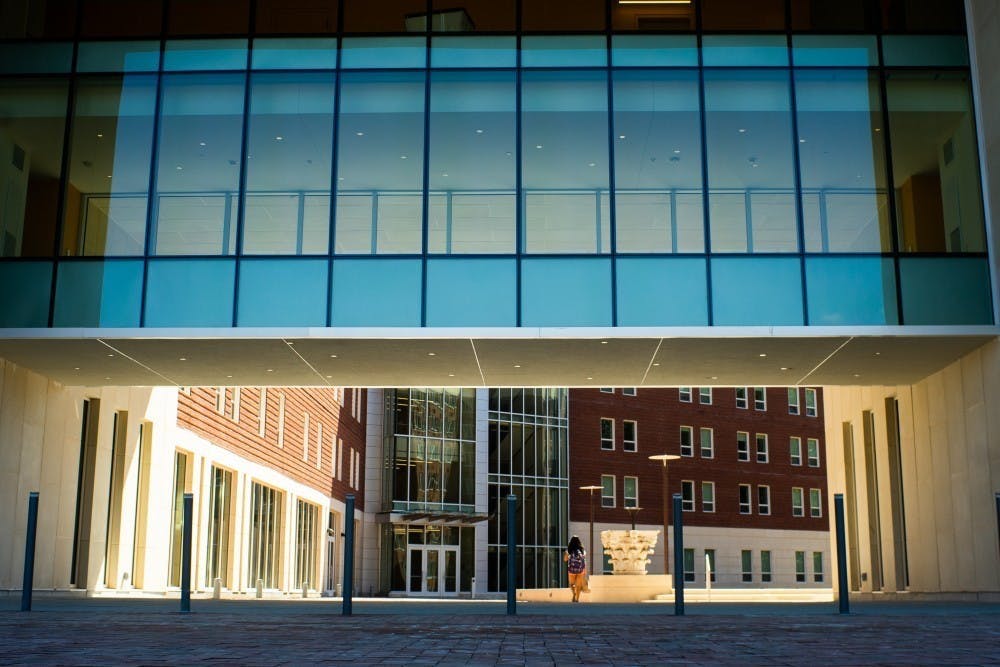In early December 2019, the University announced that it approved an increase in student housing rates by 3.5 percent for the coming academic year. This affects first-year residence halls as well as upperclassmen who live on Grounds, with increases between $250 and $270 per academic year. This increase is meant to fund many housing projects to improve the quality of life on Grounds, such as facility repairs and new housing complexes like Bond House. Although these projects may improve on-Grounds housing in many ways, the increase in rates will likely decrease student interest specifically in upperclassmen University housing, which would put more pressure on the housing market in Charlottesville. On-Grounds housing is becoming increasingly inaccessible and undesirable, contributing to the housing issues students already face in Charlottesville.
Despite renovations and new housing initiatives, students still don’t seem to be signing contracts to live on-Grounds after their first year. For example, while the Bond House apartments have “elegant decor,” many residents have encountered mice, faulty utilities and inconveniences from construction that has still not been completed, despite claims that the complex would be finished before fall 2019. Likely because of these issues and Bond House being one of the most expensive on-Grounds housing options, only 239 students have requested to live in the complex, leaving almost 70 spots unfilled. Perhaps if facilities focused their funds on the utilities and pest problems associated with Bond House rather than the decor and quality of the appliances, the apartment complex’s issues could have been remedied without ongoing construction and debts.
The example of the Bond House residence brings into question the priorities that the University puts forward when designing on-Grounds housing complexes. Instead of trying to replicate the updated, modern features associated with local luxury housing such as the Flats and the Standard, the University should shift focus to providing housing that is close to Grounds, practical and affordable. University officials acknowledge that the most important factor affecting where students choose to live in proximity to Grounds, which makes the location of Bond House attractive. Nevertheless, Bond House and the ongoing Brandon Avenue housing projects are still meant to fulfill specific aesthetic purposes which likely increased its construction costs, instead of simply providing students with affordable housing close to Grounds.
The prices and features associated with on-Grounds housing are especially questionable when considering University President Jim Ryan’s goal of requiring second-year students to continue to live on Grounds. After the increase, the University has not addressed how SFS will cover these new costs in financial aid plans. The University’s financial aid program AccessUVA currently does not adequately cover all on-Grounds housing options, and this increase in rates could make it even more difficult for low-income students to live on Grounds. Furthermore, if these low-income students are required to live in these expensive on-Grounds residences for their second year, the University would be preventing these students from choosing housing that suits their financial needs, since off-Grounds housing is often more affordable than University housing.
Because of this, a larger number of upperclassmen may search for off-Grounds housing. With a lack of revenue due to fewer on-Grounds residents, the University may be forced to further increase on-Grounds housing rates to adequately fund the projects meant to make the residences more desirable. While this specific issue may be remedied once second-years are required to live on Grounds, the requirement still hinders second-years from choosing the most affordable housing option. Clearly, there is a disconnect between what students want from their housing options and what the University is providing.
Although the University hopes to make on-Grounds rates competitive with their off-Grounds counterparts, this increase in rates may severely jeopardize that goal. Many have called on the University to create affordable housing to alleviate some of the pressure on the Charlottesville housing market, caused in part by student housing and luxury housing near Grounds. However, focusing on decor, appliances and leaving many construction and facilities issues unaddressed, such as in Bond House, is not attracting students to on-Grounds housing. In fact, it seemingly only contributes to the issue of oversaturating the student housing market with these luxury complexes. It’s time for the University to listen to what students want in their housing and shift residence designs to fit those needs.
Victoria McKelvey is the Senior Associate Opinion Editor for The Cavalier Daily. She can be reached at v.mckelvey@cavalierdaily.com.







